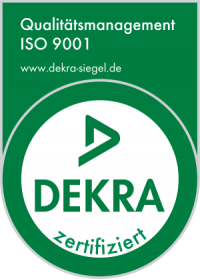Ethylene Glycol is an industrial compound that is used in antifreeze, coolant for engines, airplane de-icing, heat transfer agents, conditioning agent in adhesives, cork, fibres, films, synthetic rubber, cellulose sponges, printing inks and paper products. Also in the dehydration of natural gas as well as in the production of alkydtype resins and unsaturated polyester resins ethylene glycol is used.
Ethylene glycol (monoethylene glycol (MEG), IUPAC name: ethane-1,2-diol) is a colourless, odourless, moderately viscous, hygroscopic liquid having a sweet taste (toxic!). Ethylene glycol is produced from ethylene, via liquid phase hydration of the intermediate ethylene oxide with a dilute sulphuric acid solution. An excess of water and different glycols are separated by vacuum distillation.
Ethylene glycol, like most other alcohols, can be also manufactured by reacting chlorine and water with ethylene to form the chlorohydrin, which is then hydrolyzed to yield glycol. The desired concentrations are obtained by mixing a concentrated solution with water to
achieve the desired percent concentration.
SCHMIDT + HAENSCH has developed the Process Refractometer IPR to measure the concentration of ethylene glycol as a quality control of e.g. the de-icing solution in airport facilities/de-icing trucks or antifreeze/coolant of the cooling system in compressor stations and more.
Typical measurement ranges are 0-40% or 0-70% and the normal process temperatures are from -25ºC (-13ºF) to 40ºC (104ºF) or up to 100°C (212ºF) depending on customer’s need.
Ask us! – We got you covered and will provide process analytical technology fit for the harshest conditions.



